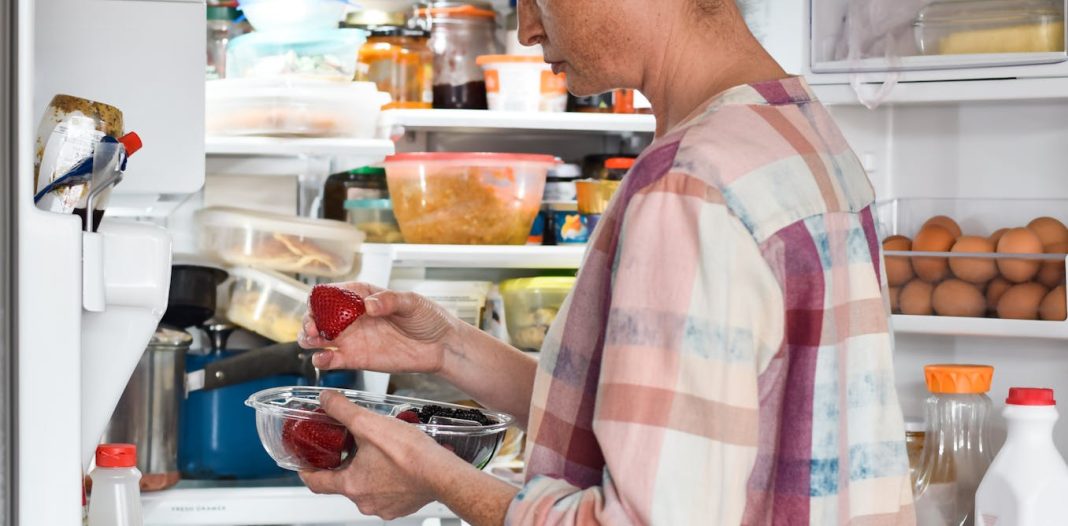Ever found yourself staring at a beautifully veined blue cheese, then at a forgotten piece of deli meat with a suspicious fuzzy patch, and thought, “Wait, why is that mold okay, but this is a biohazard?” You’re not alone. It’s a common culinary head-scratcher, and as someone who spends a lot of time thinking about what makes things toxic (or not), I can tell you there’s a fascinating science behind this distinction. Let’s peel back the curtain on the microbial world.
The Cultivated Kingdom of Cheese Molds
When it comes to certain cheeses, mold isn’t just acceptable; it’s essential. Think Roquefort, Gorgonzola, Camembert, or Brie. The distinctive blue veins or the snowy white rind? Those are specific strains of mold, most famously from the Penicillium family (like Penicillium roqueforti for blue cheese or Penicillium camemberti for white-rinded cheeses). These aren’t accidental invaders; they’re intentionally introduced and carefully cultivated.
These specialized molds are the rockstars of flavor and texture development. They break down fats and proteins in the cheese, creating complex aromas, creamy textures, and those sharp, tangy notes we love. Crucially, in the controlled environment of cheese making – which typically involves high salt, specific pH levels, and lower moisture – these beneficial molds are inhibited from producing harmful toxins (mycotoxins). As my colleague, a food microbiologist, once put it, “It’s a delicate, controlled ecosystem where the good guys thrive, and the bad guys can’t get a foothold.” The cheese’s inherent properties act as a natural barrier against unwanted, dangerous microbial growth.
The Perilous Party on Your Meat
Now, let’s talk about meat. High in moisture, rich in nutrients, and with a more neutral pH, meat is an entirely different canvas for microbial growth. When you see mold on meat, particularly deli meat or cooked meat, it’s almost always a sign of deeper, dangerous spoilage. This isn’t just about surface-level fuzzy bits; it’s a red flag indicating a broader bacterial invasion.
Unlike the specific, beneficial molds in cheese, the molds that colonize meat are often accompanied by other pathogenic bacteria like Listeria, Salmonella, E. coli, or various spoilage bacteria. These organisms thrive in meat’s inviting environment and can produce a host of harmful substances, including bacterial toxins and mycotoxins. These toxins can cause anything from mild gastrointestinal distress to severe food poisoning. And here’s the kicker: even if you cook the meat or cut off the visible mold, the toxins produced by these microorganisms might already be present throughout the product and won’t necessarily be destroyed by heat. What you see on the surface of meat is merely a symptom of a much more extensive and potentially hazardous underlying contamination.
So, the next time you encounter a moldy food, remember the crucial difference: some molds are invited guests, carefully managed for culinary delight, while others are gatecrashers bringing an unwelcome and dangerous party. When in doubt, especially with meat, it’s always safest to err on the side of caution and toss it.
*




